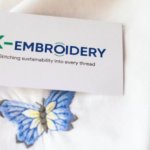5 secrets about the children’s clothing manufacturing industry in the US
The children’s clothing manufacturing industry in the US is a fascinating and ever-evolving sector. From production processes to market trends, there are numerous secrets that shape this industry.
And if you want to enter this children’s clothing industry, you should not miss this article about 5 fascinating secrets about this manufacturing industry in the US.
[1] Most US children’s clothing manufacturers produce their goods abroad
Outsourcing the clothing production process has become a “secret” strategic advantage for many fashion entrepreneurs.
This fact is no longer strange to entrepreneurs in the garment industry in general and children’s clothing in particular. As the inflation challenge continues to grow, it is no surprise that more and more apparel businesses are choosing to outsource production to third-party manufacturers.
In fact, 97% of children’s clothing in the United States is manufactured overseas (Fact by the New York Post). While some may approach outsourcing with caution, it has been proven over time that outsourcing does not compromise product quality but also provides a more viable solution in this competitive industry.
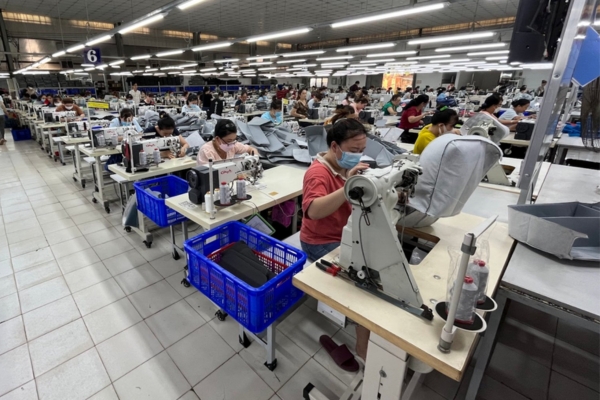
But why?
The implementation of trade liberalization policies in the 1990s, such as the North American Free Trade Agreement (NAFTA), played a key role in eliminating import restrictions and tariffs for clothes produced abroad. As a result, American retailers increasingly rely on suppliers in the Global South to meet their manufacturing needs.
As a result, American textile manufacturers have struggled to compete, leading to a significant decline in employment in the garment manufacturing industry. According to the Bureau of Labor Statistics, about 750,000 jobs in the U.S. garment manufacturing industry disappeared between 1990 and 2011. Additionally, the average U.S. garment worker, out of about 150,000, remains , earning about 38 times the salary of his Bangladeshi counterparts.
Even though the United States has the largest apparel market globally, accounting for about 28% of the total market, very little children’s clothing is labeled “Made in the USA” today. This highlights the significant impact of outsourcing on the industry’s manufacturing landscape.
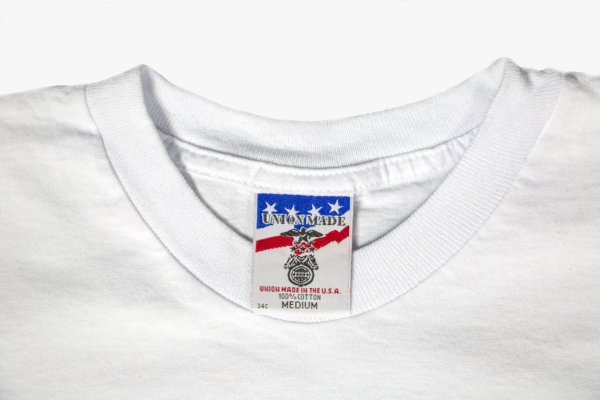
[2] Misconception: Most products labeled as “100% cotton” are not actually made entirely of cotton.
According to the Federal Trade Commission (FTC) in the United States, a product should not be labeled as “100% Cotton” unless it contains only cotton or cotton with some non-cotton trim. This means that any product claiming to be 100% cotton but containing other materials would be considered deceptive by the FTC.
There have been cases where cotton products were mislabeled in terms of their content and quality.
For example, in 2016, Welspun India Ltd. was caught in an Egyptian cotton labeling scandal. Target performed an internal investigation and found that Welspun Egyptian Cotton sheets were produced with another type of non-Egyptian cotton. These sheets were sold by several large retailers and were advertised as “100% Egyptian cotton”.
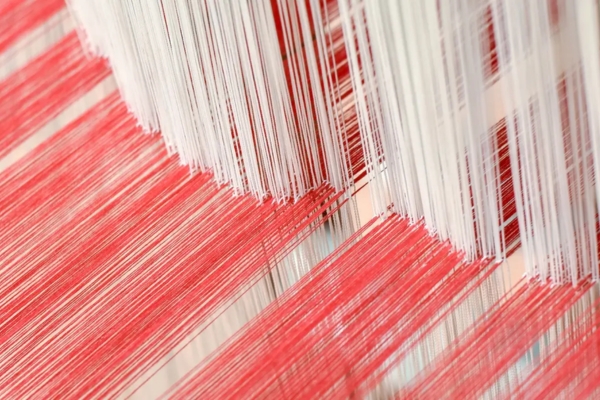
To identify pure cotton fabric, there are a few methods you can use:
Visual inspection:
- This is the best way to test the fabric.
- Pure cotton fabric has a very matte finish and does not shine under light. In contrast, polycotton fabric has a waxy sheen, which is more prominent when it’s unwashed.
Water absorption test:
- Put a few drops of water on the fabric’s surface. If the water is quickly absorbed, the fabric is likely made from cotton. Synthetic fabrics tend to repel water.
Burn test:
- This test should be done with caution and only on a small, inconspicuous part of the fabric.
- Cotton does not melt or curl away from the flame. It burns slowly and leaves behind a gray ash. It may have a burning paper-like smell.
- Synthetic fabrics, such as polyester, melt and curl away from the flame, leaving a hard residue. They may have a chemical or plastic-like smell.
[3] Children’s clothing is not a very profitable business.
Most people think you’ll make billions of dollars and be on your way to overnight stardom. But the reality is that the profit margin from children’s clothing is not very high.
According to industry analysts, you’re looking at 4-13% profit margins. That means for every $100 you invest, you will get back $104 – $113. And that’s if you make a profit. Something most brands don’t have.
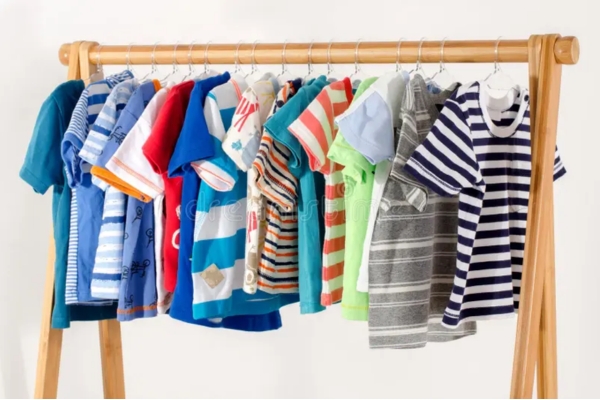
Let’s briefly calculate the revenue:
- Smocked Baby Dress COG (Cost Of Goods): $60
- Minimum pieces: 100 pieces
- Total COG investment capital: $6,000
Now let’s see how much you can sell (hopefully with luck):
- Full selling price: 70 x $100
- Discounted sales: 30 x $80
- Total revenue: $9,400
So, let’s do some basic math. You earned $9,400, which is $3,400 more than your $5,000 COG. Isn’t that great?
However, that is only your revenue, not your profit.
You make $3,400 but you haven’t accounted for all the other expenses. There are hundreds of expenses that you have to invest in, like advertising, packaging materials, technology tools, shipping cost, listing fee (if you sell your products on Facebook, eBay, …), storage and organization, cleaning, … Well, it seems like you don’t have much left.
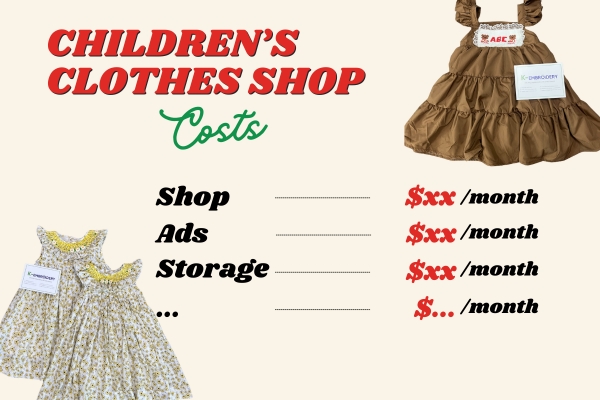
But don’t lose faith when reading this analysis, most children’s clothing businesses lose money because they do not have a specific business strategy or lack of industry knowledge,… If you develop a business strategy, build a complete process from finding reputable suppliers to sales and providing after-sales service,… then you will succeed.
And, often the first step will be one of the most important and can influence many later steps. And that is the step in finding wholesale children’s clothing suppliers. Of course, when doing business, everyone wants to import products with good quality, competitive prices and quick delivery.
And the above factors have made K-Embroidery the top choice. We are the leading reputable children’s jacket factory in Vietnam and export to many demanding countries such as the UK, USA, Japan, etc. If you want to consult and quote the product, please contact our Sales team WhatsApp: +84 85 555 5961.
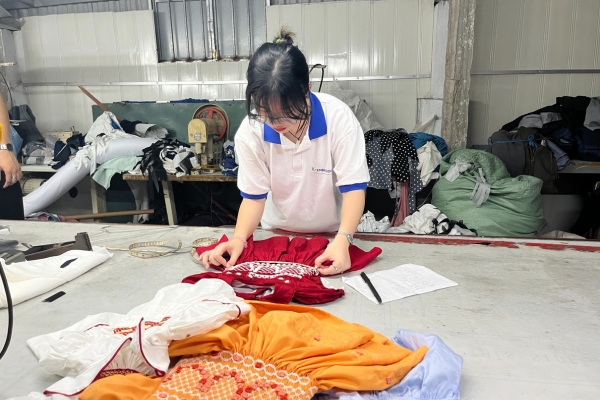
[4] Starting a children’s clothing line may not be as glamorous as it seems.
Starting a children’s clothing line may not be as glamorous as it seems. In reality, it involves a lot of hard work and less time spent on creative aspects like designing and photoshoots. The majority of your time will be dedicated to various business tasks, such as:
- Dealing with issues like garments that don’t fit properly and determining who is responsible for the problem can be a challenging and time-consuming task. And if you do not have the ability to be flexible in handling situations, this job may confuse you.
- A considerable portion of your time will be focused on promoting and selling your clothing line. This includes marketing efforts, reaching out to potential customers, and participating in events like markets and pop-up shops.
- You’ll spend a huge amount of time emailing and coordinating with different parties involved in the production process, such as factories, patternmakers, and suppliers (not gonna lie)

- You are the manager, of course you have to manage the different components of your clothing line, such as fabric, trims, cutters, sewers, and shippers.
While there may be exciting moments like runway shows and photoshoots that result in Instagram-worthy pictures, they often come at a significant cost. Fashion shows, for example, can be quite expensive to organize or participate in, around $5,000 – $10,000, and the return on investment in terms of sales may not always be immediate or substantial.
[5] Children’s clothing manufacturers in the US mostly choose machine-embroidery instead of hand-embroidery
Most children’s clothing manufacturers in the US opt for machine embroidery over hand embroidery for several reasons.
The primary reason is the high demand for these products in the US (an average of 26.9 pieces per person in the Children’s Clothing market is predicted for 2024 – Statista), prompting many businesses to prioritize speed and efficiency in production, thereby choosing hand-embroidery.

Here are some more reasons why embroidery machines are popular:
- Machines ensure all garments have the same design, crucial for large orders where hand embroidery might lead to variations.
- Machines prevent mistakes like worn threads or mismatched colors, ensuring precise stitching.
- They speed up production and delivery, thanks to digital designs that are quick to create.
- Machine embroidery is cheaper than hand embroidery due to lower complexity and labor costs.
- Compared to hand embroidery, machines offer a straightforward and replicable process.
- Any manufacturer can use them, unlike hand embroidery which relies on skilled artisans.
- Machines allow for quick changes to designs, ideal for adapting to customer preferences.
Conclusion
By understanding these secrets, entrepreneurs and factories can better position themselves to adapt, innovate, and thrive in this ever-changing sector, shaping the future of children’s fashion production in the United States.

